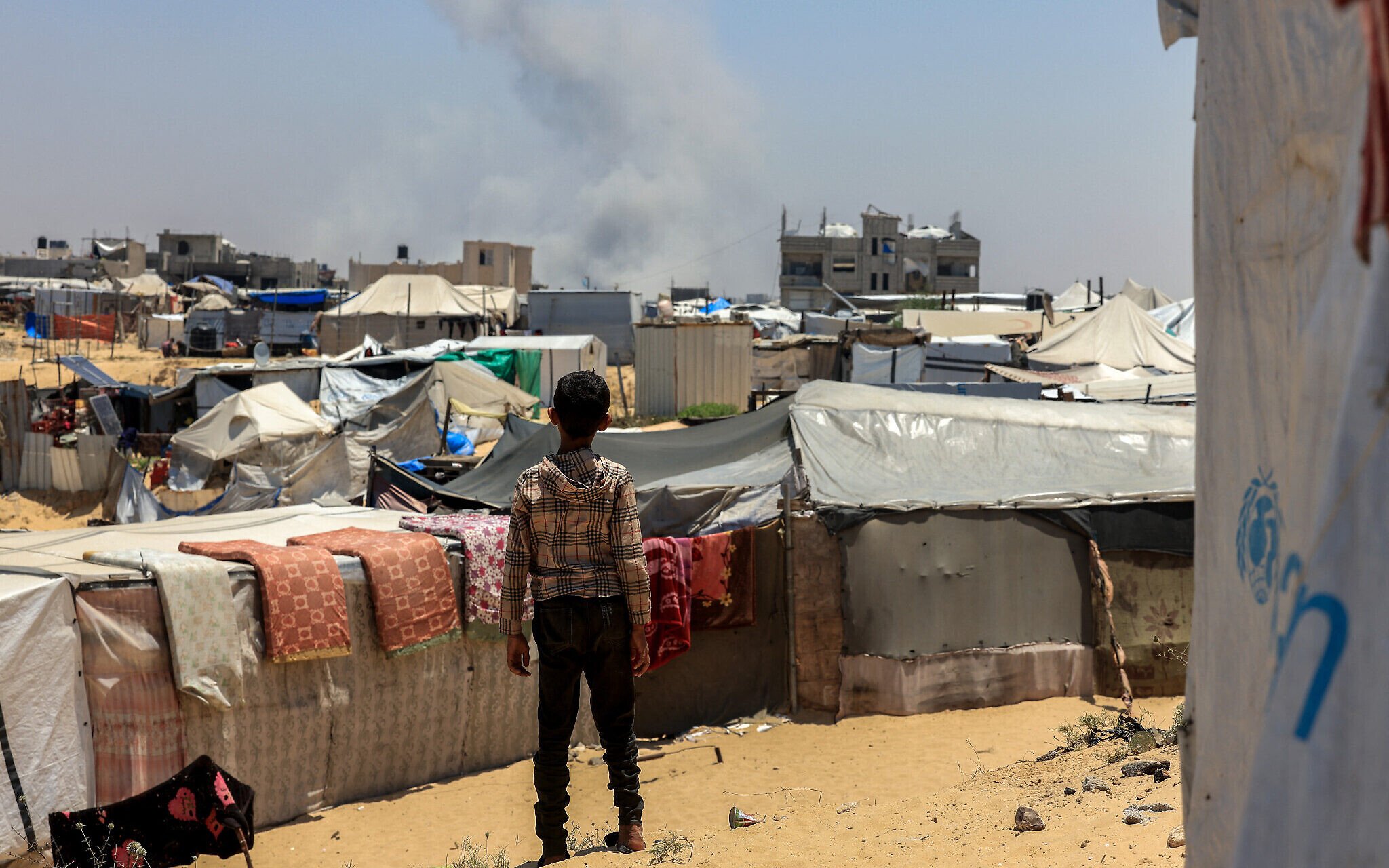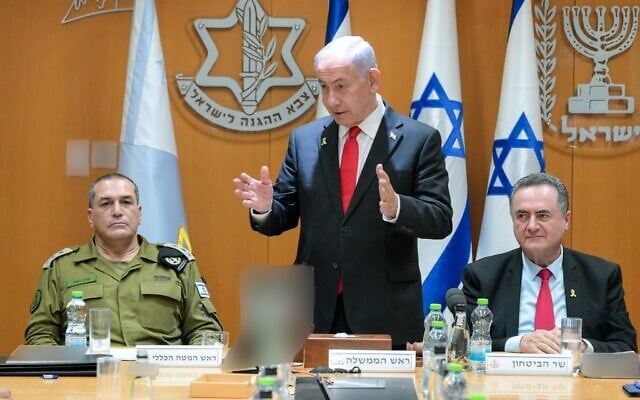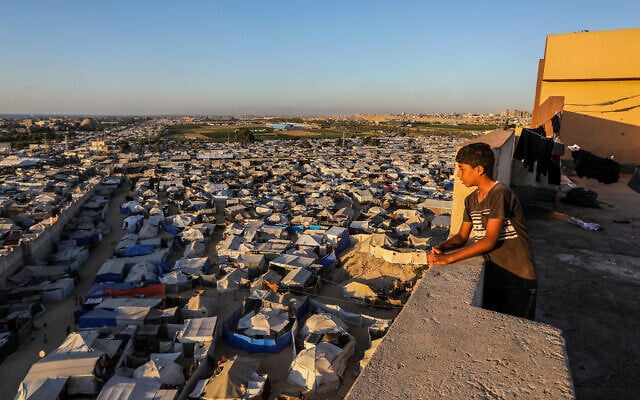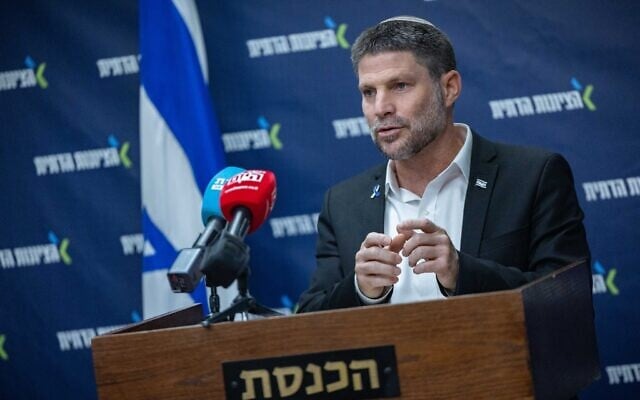



An Israeli scheme to move hundreds of thousands of already uprooted Palestinians to a so-called humanitarian city in an Israeli military-controlled part of southern Gaza has led politicians to spar with the defense establishment. However, officials say a practical plan has yet to be crafted.
Even without a clear blueprint, critics of the government have denounced the proposal, with some pointing to potentially prohibitive costs and danger to soldiers, while others likened the suggested site to a “concentration camp.”
Prime Minister Benjamin Netanyahu’s government has defended the project, saying it would offer Gazan civilians a safe haven while further weakening Hamas’s grip on Gaza. But it remains unclear whether the plan is a concrete government policy.
The idea was publicly floated by Defense Minister Israel Katz earlier this month, and Netanyahu convened ministers and defense officials to discuss it late on Sunday.
The military had been asked to put together a detailed proposition, but Netanyahu dismissed it as far too costly and complicated, two Israeli officials who were present said, and ordered them to come up with something cheaper and faster.
A military source said it was a complex initiative that required intricate logistics for infrastructure such as sewage, sanitation, medical services, water and food supplies.
Planning was in a very initial phase only, the source said, and the goal was to help Palestinians who do not want to live under Hamas rule.
When asked about the plan, UN spokesperson Stephane Dujarric said: “As we’ve said multiple times, we firmly stand against any plan that involves forced displacements of civilians in Gaza or forces [them] to make impossible choices.”
Asked about concerns the relocations would be forced, and whether the new zone was meant to serve as a transit camp with the ultimate aim of expelling Palestinians from Gaza, the military official who spoke with Reuters said: “That is not our policy.”
Netanyahu’s office, Katz, the Israel Defense Forces, and Hamas did not respond to Reuters requests for comment.
According to Katz in a press briefing last week, the “humanitarian city,” to be set up on the ruins of Rafah, would initially accommodate some 600,000 displaced Palestinians who have been living in the coastal area of al-Mawasi, near Khan Younis.
After screening out Hamas operatives, the displaced people would be confined in the Rafah site, Katz said, adding that the zone would be run by international forces rather than Israeli ones.
Katz’s statement followed a briefing by Netanyahu last month in which the premier conditioned the Gaza war’s end on the implementation of US President Donald Trump’s plan to oust Gaza’s residents. Trump’s announcement of the plan in February triggered international outrage, including among allies of the US and Israel.
Following Katz’s statement, Hebrew media reported that the “humanitarian city” plan had met resistance from the military due to legal and logistical challenges, and the fear that the plan would scupper the Gaza hostage-ceasefire talks.
The plan was reportedly estimated to cost some NIS 10 billion to 15 billion ($3 billion to $4.5 billion). Finance Minister Bezalel Smotrich, who opposes ending the war in Gaza, said the reported estimate represented efforts by some defense officials to derail the plan by presenting inflated budgets.
“Preparing a protected area for the population,” Smotrich’s office said, “is a simple logistical operation that costs only hundreds of millions – an amount that the Ministry of Finance is willing to transfer.”
Some commentators suggested that the real aim of floating the plan was to increase pressure on Hamas during the ongoing ceasefire-hostage talks, while also appeasing Netanyahu’s far-right coalition partners, including Smotrich.
According to the United Nations, some 1.9 million Gazans — roughly 90 percent of the population — have been displaced, and 92% of residential buildings destroyed, since the war in the Strip was sparked by the Hamas onslaught of October 7, 2023.



